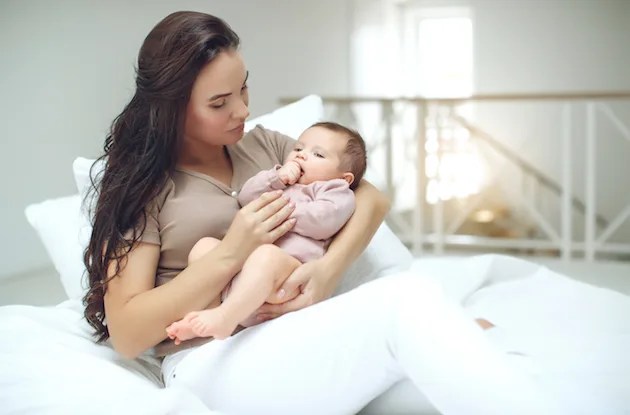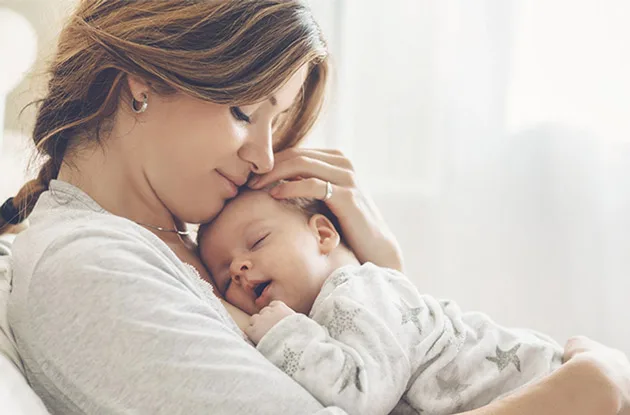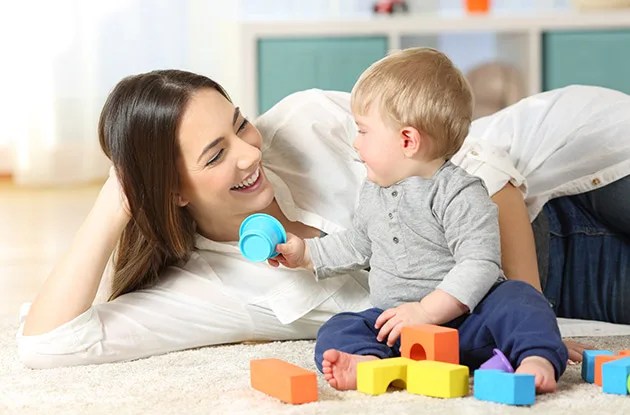If you’re a first-time parent, bringing baby home from the hospital can feel scary, so baby proofing your home in the month before your due date will give you peace of mind. Courtney Ilarraza, co-founder of Baby Bodyguards, a full-service baby and child safety company based in New York City, shares 16 things you need to do before bringing home your bundle of joy.
Remember: You don’t have to go crazy and baby proof the whole house; just focus on the rooms where your child will be. Additionally, purchase baby-proofing items that are Juvenile Products Manufacturing Association-certified and don’t use hand-me-down products (you’ll want to register all baby-proofing items with the manufacturer to receive any recall notices).
Secure furniture to the walls. This “is the most important thing we always look for, pieces that should be secured to the wall,” Ilarraza says. You might think heavy dressers can’t be tipped over, but once the drawers are pulled out, the weight is redistributed. When a toddler or child climbs into the drawers, the piece can topple.
Put padding on sharp corners. “A lot of times parents have this misconception that [padding] should be around every edge,” Ilarraza says. “But it is really just the sharp corners that could cause a laceration if a toddler were to fall into it.”
RELATED: Everything You Need to Know About Installing a Car Seat
Replace traditional outlet plates with sliding outlet plates. When an appliance is unplugged, the outlet cover automatically slides into place. It’s aesthetically pleasing, you don’t have to remember to put an outlet cap back on, and the child can’t remove it.
Anchor the TV, either to the wall or the media stand. The No. 1 thing is to anchor anything that could potentially fall over onto your child, Ilarraza says referring to the U.S. Consumer Product Safety Commission’s Anchor It campaign.
Put coat hooks on the wall near the entryway, if you don’t have a designated coat closet. This keeps coats and bags out of baby’s reach, preventing them from finding choking hazards or medications. “We like to get in the habit that when people come in, there is some kind of routine in place,” Ilarraza says. “Everyone’s bags go up high on a hook or into a closet. Everyone’s coats go up out of reach.”
Screw latches into drawers and cupboards that contain dangerous items, such as cleaning products and sharp objects. “We always recommend leaving one drawer [without a latch] that is a child-friendly drawer that has things like Tupperware. I have a play-dough drawer,” Ilarraza suggests. “It is not the drawer that is dangerous, it is the contents. A lot of times when we go to someone’s home and they say they want every drawer and cabinet latched, but we will always say that is not the danger. The danger is the content.”
Run cables and cords through a cable management box. “All the bundles of wires that are a mess go into this box that then closes off, so it is not an eye sore and it also takes it away from the child’s attention,” according to Ilarraza.
Wrap shade blind cords around a blind cleat, if your shades have cords.
Install hardware-mounted gates at the tops and bottoms of stairs. “It is important to never use a pressure mounted gate on the top of the stairs,” Ilarraza advises. “I get a call once a month about a child that fell down the stairs along with the gate.”
RELATED: Introducing Dog to Baby
Stop using tablecloths when your toddler starts pulling herself up on things. If something is sitting on the table-clothed table and the child pulls herself up on the cloth, that item could fall on the child, Ilarraza warns.
Rearrange bookshelves, putting heaver items on bottom shelves and lighter items on higher shelves.
Install windows guards if your windows can open more than 4 inches.
Make sure bannister and balcony slats are no more than 4 inches apart. If they are, add slats in the spaces or install a guard on the inside of the slats, especially if the balcony slats are horizontal, creating a ladder.
Put a child-proof knob cover on the bathroom door handle and any other off-limits rooms to prevent the toddler from entering unattended. “We don’t believe in toilet locks, because it normally ends up being disabled by a grown up at two in the morning, and there are much more dangerous things in the bathroom than the toilet. We are concerned about the hot water faucet, the slippery floor, the marble tub, stuff like that,” Ilarraza cautions. “Our approach is always to make it that a child couldn’t gain access to a bathroom without a grown-up.”
Set the hot water heater to 120 degrees or lower, if you have access, preventing your toddler from being badly burned if he can reach the hot-water faucet.
Take an infant-child CPR and safety class with your partner. You never know when you’ll need these skills that could save your child’s life.
RELATED: Want to get out of the house with your infant? Sign up for our weekend activities newsletter!





















